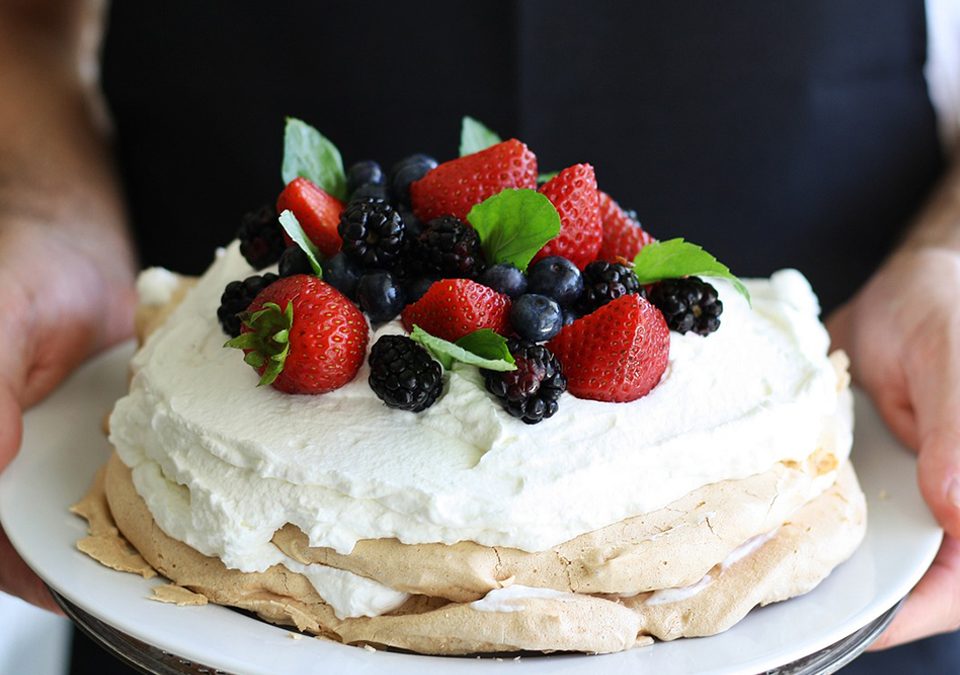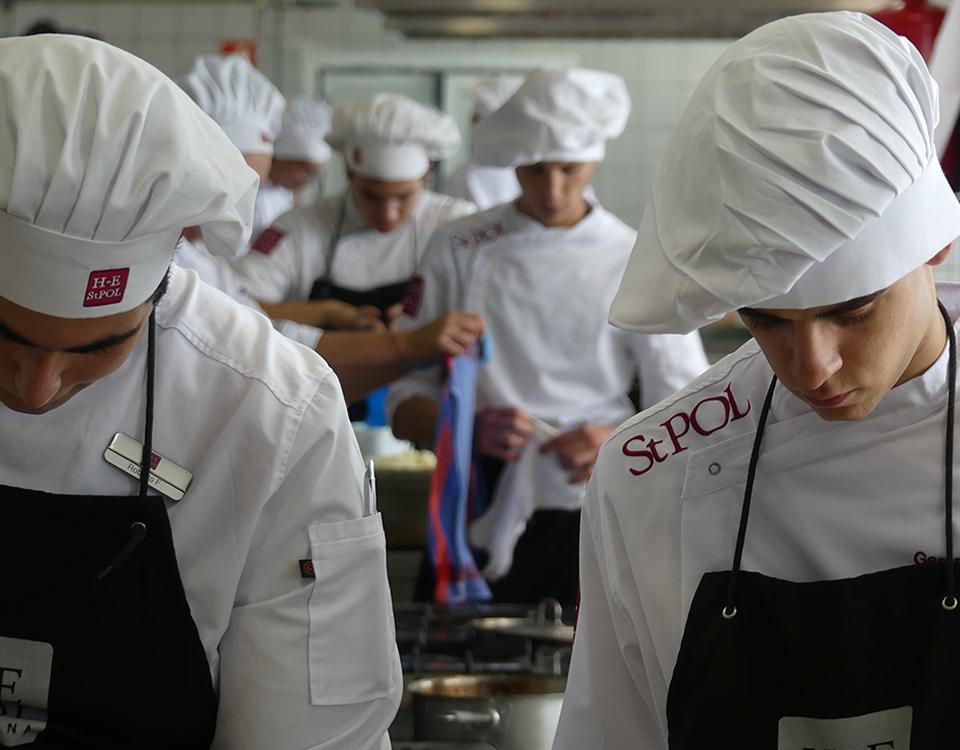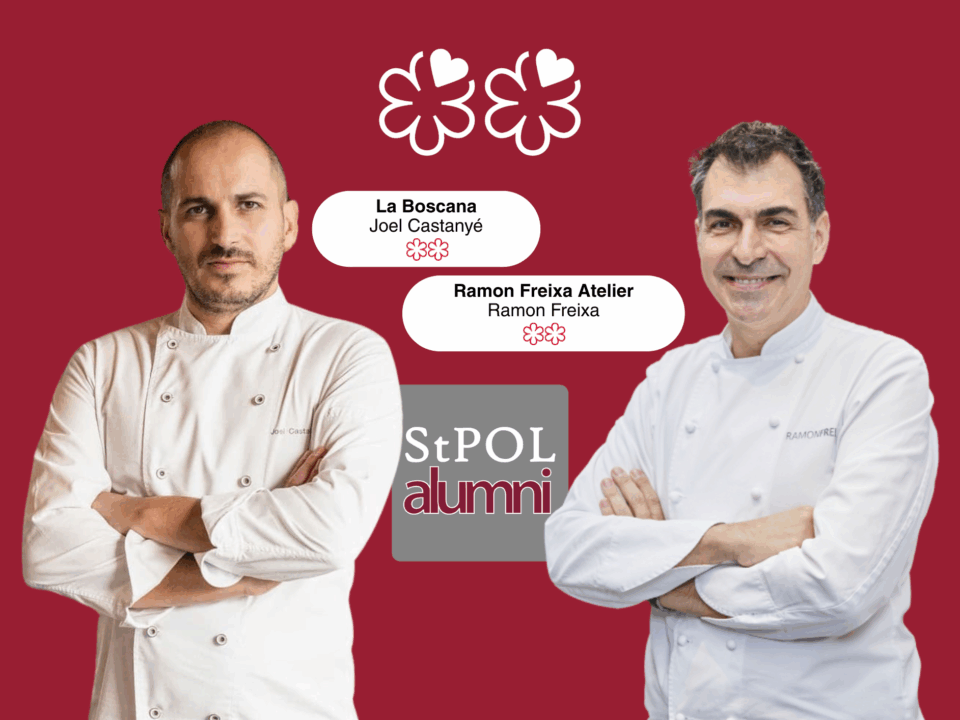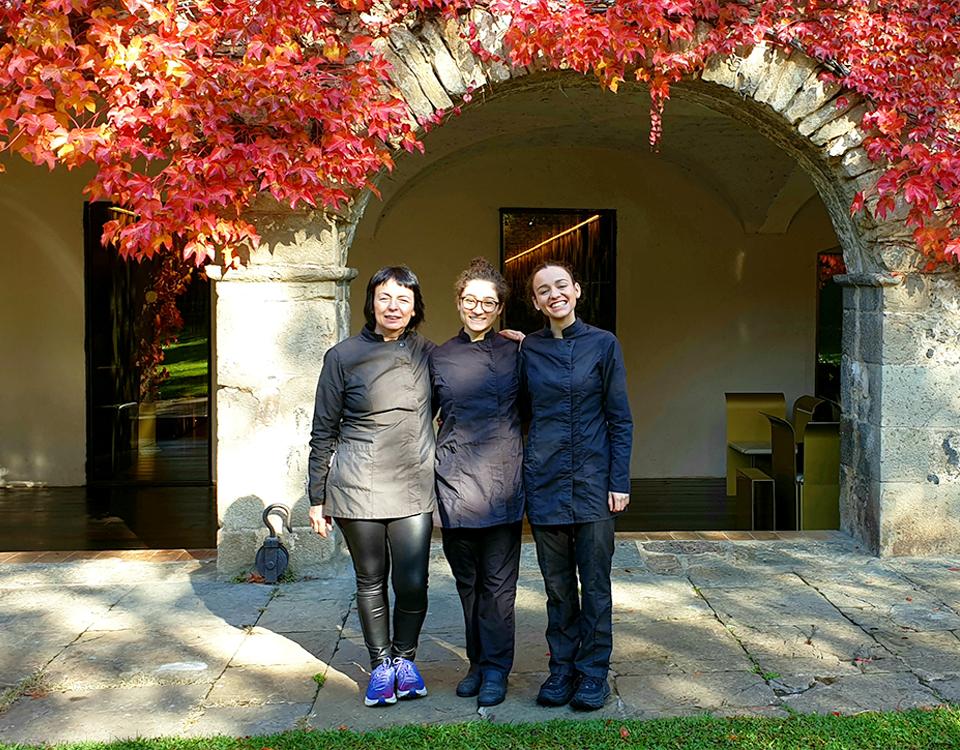
Internship at Les Cols, a sustainable restaurant with 2 Michelin stars
27 December, 2021
13 international hotel chains in the Professional Devlopment Days
27 January, 2022Every recipe has an origin: a time, a place and a chef who created it. And some of them manage to last over time and become famous recipes. If you are curious, keep reading and discover the history behind some classic recipes that today you can still find in many restaurants and that are part of our gastronomic culture.
1. Beef Wellington
The origin of the Beef Wellington is still a mystery today. There are different theories that explain the history of one of the classic recipes that has lasted until today.
The first attributes the origin of this British recipe to Arthur Wellesley, Duke of Wellington and made a hero by his success in the battle of Waterloo against Napoleon. They say that in all of his receptions he couldn’t miss the beef Wellington as one of his favorite dishes.
Another theory states that the origin of the “filet de boeuf en croûte” (original name in French) was already a known recipe before the time of the Duke of Wellington. It’s said that the name of the recipe is associated with the military boots that shine like the beef shines once it comes out of the oven and that are also called Wellington.
There are a thousand theories but what’s undeniable is that the Beef Wellington has become one of the classic recipes of our gastronomic culture.
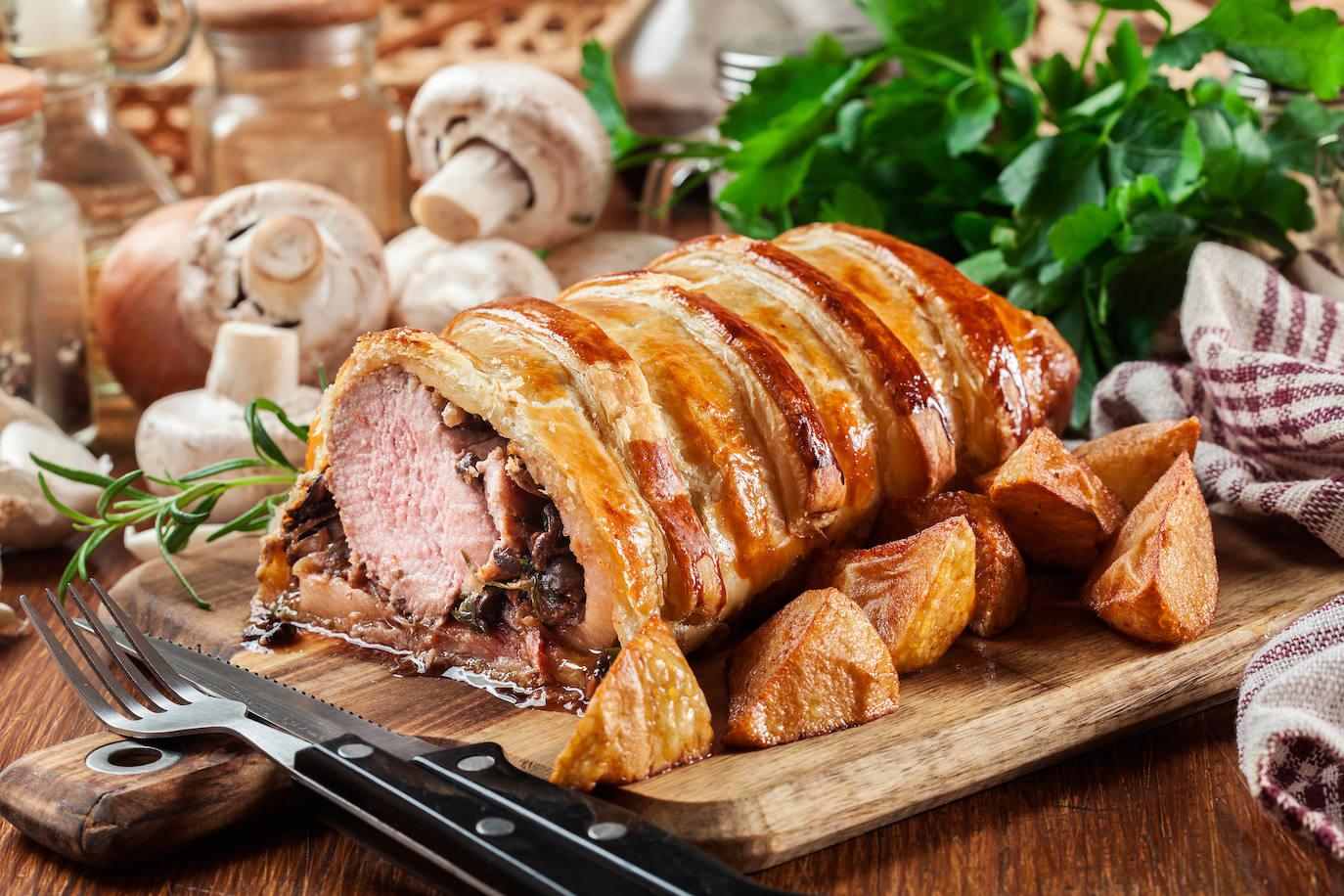
2. Sandwich
It’s said that the sandwich was born in a card game. The origin of this recipe made with two slices of bread and ham, cheese, sausage, vegetables or other foods dates back to the 18th century in England with John Montagu, Earl of Sandwich.
A fan of cards, the Earl could stay several days without getting up from the gaming table. So the chef had to come up with a food that wouldn’t get his hands dirty and he could keep playing without wasting time: a steak between two slices of bread. And that was how the so-called sandwich was born, in honor of the Earl of Sandwich.
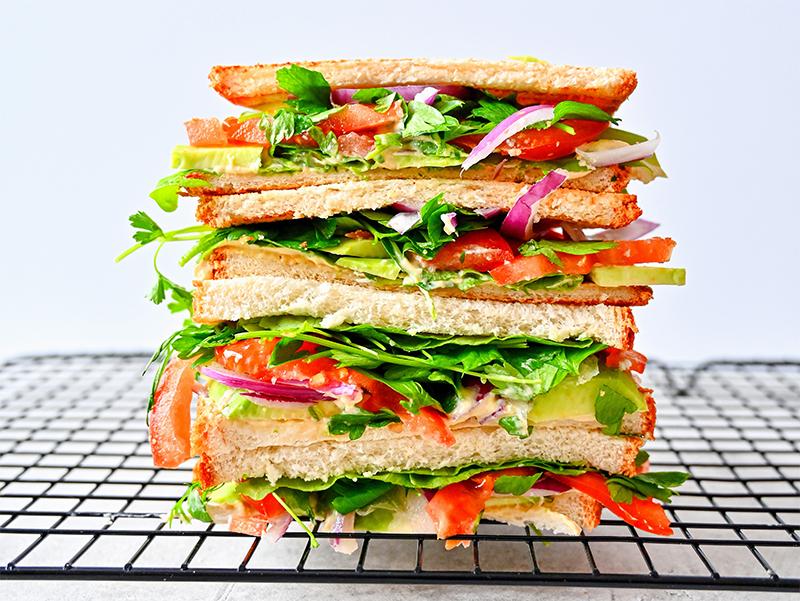
3. Carpaccio
We might think that the painter Vittore Carpaccio (1465-1526), one of the great painters of the Venetian Quattrocento, was the inventor of carpaccio. But in this case, the Venetian artist didn’t get to taste the dish, which was invented about five hundred years later.
Carpaccio, this recipe consisting of slices of meat or fish cut very thin and seasoned with various spices that is eaten raw, was created by the Venetian restaurateur Giuseppe Cipriani.
Cipriani founded in the 30s one of the most popular establishments in Venice (Italy): the Harry’s Bar. And it was there where he had to improvise a dish for a countess who, by medical indication, had to eat raw meat. Why did he call it carpaccio?
The red and creamy colors of the recipe reminded him of Vittore Carpaccio’s paintings, to whom Venice dedicate a retrospective at that time. For that reason, Cipriani decided to dedicate his new recipe to the artist, naming it with his surname: Carpaccio.
This is not the only recipe that the chef and owner of Harry’s Bar dedicated to Venetian artists. The Bellini cocktail, made from peach and prosecco, owes its name to the painter Giovanni Bellini. In this case, it was the pink colors of this artist’s paintings that inspired Cipriano to name this cocktail with the painter’s surname.
4. Strogonoff
We moved to Russia, yes, Russia. Neither France nor Germany as some believe. The origin of the Strogonoff recipe is in Russia at the end of the 19th century.
What is the Strogonoff? It is a recipe with meat cut into pieces and accompanied by mushrooms, onion and a sour cream sauce that is served with rice, pasta or potatoes. There are a thousand versions of this recipe and, like other classic recipes, there are also different theories about its history and creation.
The version that has the most acceptance is the one that explains that it was created by the chef of the Russian general Stroganov during a cooking contest in St. Petersburg. He won the contest and named the dish with the surname of the Earl Stroganov.
But there are also those who say that the recipe was originated during a dinner offered by the Earl Stroganov. The number of guests who attended increased notably and, without time to provide themselves with more meat, they added mushrooms and a sauce to the recipe to lengthen it. It was such a success and the Strogonoff became a regular recipe in the Russian society.
From Russia, the recipe jumped to France and Germany and, later it became popular in China and from there it jumped to the United States to become one of the classic recipes of the world’s gastronomic heritage.
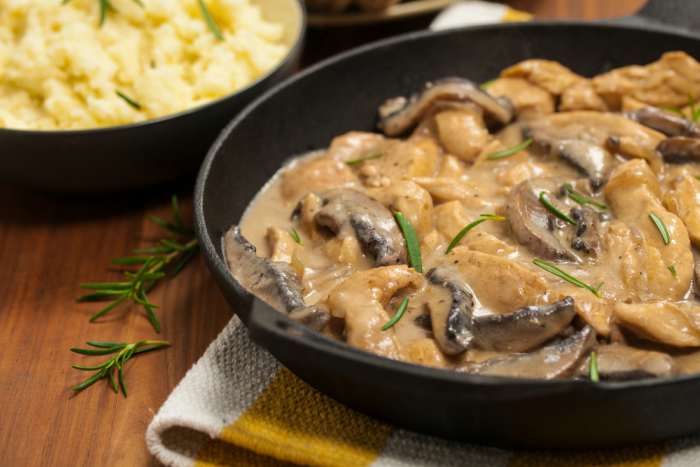
5. Pavlova
Two countries dispute the birth of this classic recipe: New Zealand and Australia.
It’s said that the Russian dancer Anna Pávlova (1881-1931) visited New Zealand on her 1926 world tour and this dessert was born in her honor. But, although this version exists, Australians also claim the paternity of this recipe.
Pavlova is a cake with a meringue base on which cream and pieces of fruit are placed: strawberries, red fruits or kiwi, among other options. Again, there are different versions of this recipe that has become one of the best known desserts internationally.
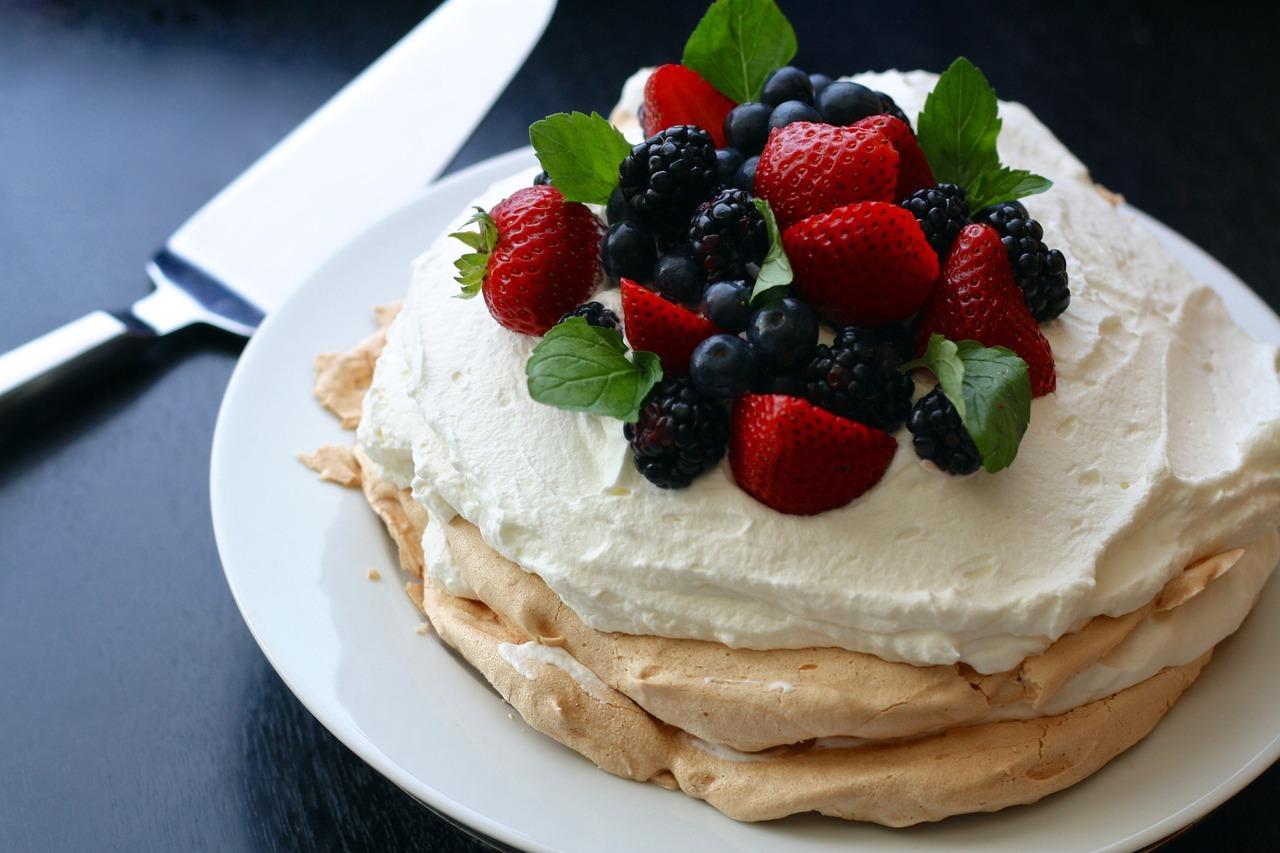
6. Tournedó Rossini
This is one of the great classics of French cuisine: the Tournedó Rossini . The history of this recipe dates back to the mid-19th century and the protagonists were the chef of the Parisian restaurant Café Anglais, Adolfo Duglere, and the composer Gioachino Rossini, author of operas such as Guillermo Tell or El barbero de Sevilla.
One day, Rossini asked chef Duglere to prepare the meat for him in public, so he could rectify the dish to make it according to his taste. The chef indicated that it would be difficult for him to concentrate in front of the customers, to which Rossini replied: “Eh bien, faites-le tourné de l’autre côté, tournez-moi le dos.” That is to say, that he turned around to be more comfortable.
The expression “tourné les dos” became tournedó. And it was given the surname of the composer: Rossini.
In addition to the Tournedó, Rossini also popularized the Italian food in Europe and coined the term “a la Rossini” that is still used to refer to recipes that include foie and truffle.
How to prepare these classic recipes?
Knowing the history, ingredients and how to prepare classic recipes such as beef Wellington, Strogonoff, Tournedó Rossini or Pavlova cake is a must for a great chef.
In the kitchen, it’s common to hear that before innovating you have to know the basics of cooking and classic recipes. And this is what the EUHT StPOL students do in the Technical Degree in Gastronomy and Restaurant Service.
If you want to learn how to prepare these and other classic recipes and become a chef, ask us for information.
If you want to know more about recipes and gastronomy, you may also be interested in reading:

